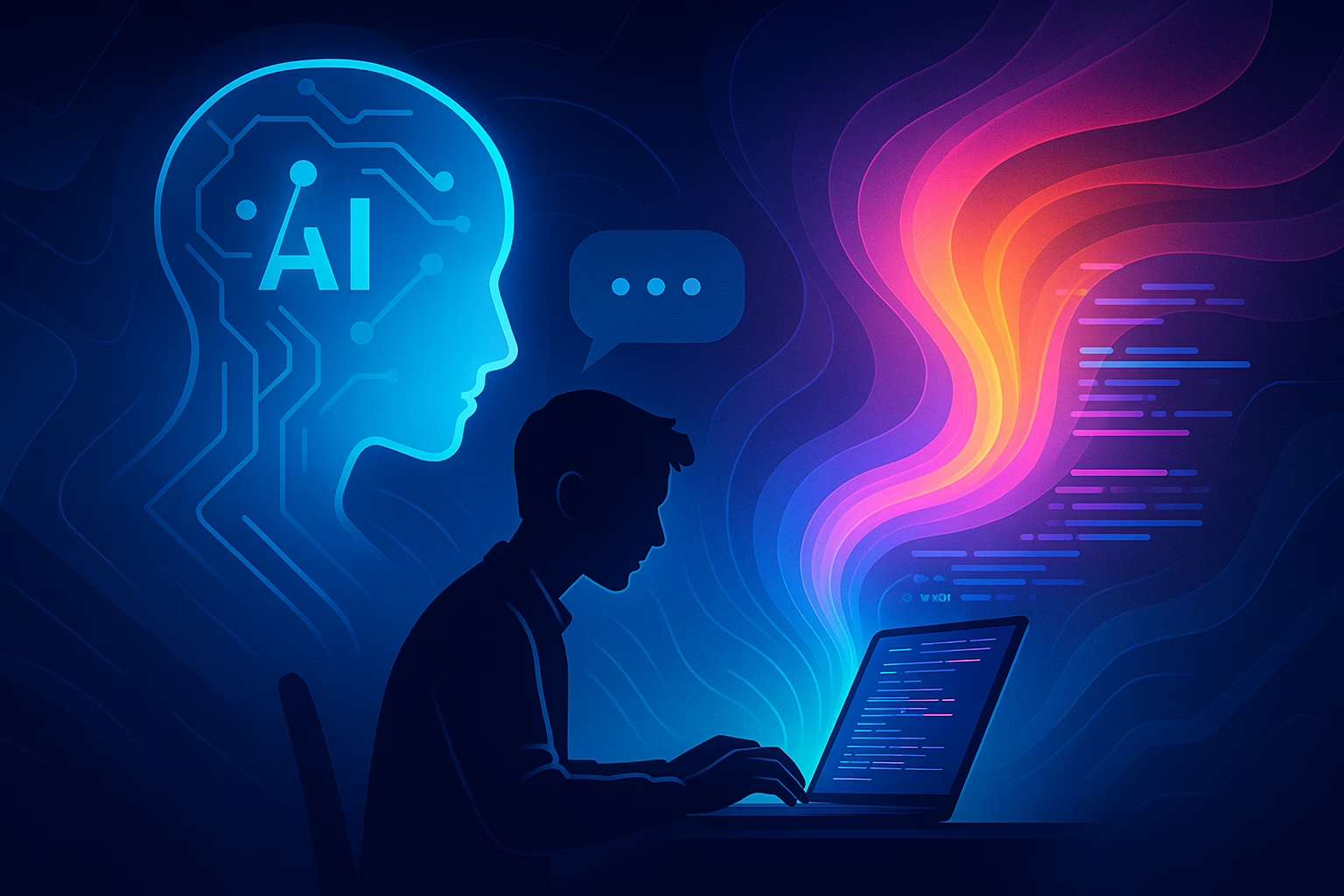As we peer into the evolving landscape of technology, one thing is clear: coding is no longer the exclusive domain of those who have spent countless hours perfecting their programming skills. Welcome to the era of ‘vibe coding’, a term recently popularised by none other than Andrej Karpathy, co-founder of OpenAI. This captivating shift is redefining the way we create software, blurring the lines between coding and creativity, and ultimately showcasing the power of AI.
What is Vibe Coding?
At its essence, vibe coding refers to the practice of using AI tools, particularly chatbots, to convert natural language descriptions into code. Imagine a world where you only need to articulate your ideas, and the machine takes care of the rigorous coding tasks. Sounds like magic, right? But it’s not just a pipe dream; it’s happening now, thanks to the ingenuity of self-learning systems!
Empowering the Non-Programmer
The implications of vibe coding are profound. As seen in the case of Chloe Samaha, who, together with her partner, created a productivity tool called ‘Donna’ in under a day, these tools allow even the untrained eye to build functional applications. Here are some key advantages of adopting vibe coding:
- Accessibility: Lowering the barriers for entry into software development enables a diverse range of individuals to contribute their perspectives and ideas.
- Speed: Vibe coding accelerates the prototyping phase, allowing ideas to materialise rapidly.
- Innovation: Users are empowered to experiment without the fear of navigating complex syntax and semantics inherent in traditional programming.
However, it’s important to acknowledge that while vibe coding is exciting, it doesn’t come without its complications.
The Role of AI in Coding
At the same time, AI itself is evolving. Enter the Darwin Gödel Machine (DGM), a self-improving AI system that continually rewrites its own code to enhance its capabilities. DGM’s performance in coding tasks has demonstrated phenomenal improvements, proving that AI can learn from experience and produce high-quality outputs at an unprecedented rate. Sounds like the stuff of sci-fi, doesn’t it?
Categories of Vibe Coding Tools
A myriad of vibe coding tools is already making waves. Here are some noteworthy categories:
- Full Stack App Tools: Platforms like Tempo Labs and Bolt.new enable users to develop complex applications swiftly with built-in features like authentication and payment integration.
- Code Editor Tools: Enhancements on existing environments like Cursor provide a seamless experience for managing code, integrated with AI for coding tasks.
- VS Code Extensions: Tools such as Amp and Sourcegraph enhance the coding workflow, making automation simpler and more efficient.
- Standalone Tools: Advanced users can utilise tools like Devin and Aider that offer specific functionalities for task automation and integration.
These tools cater to a range of needs but often fall short when it comes to long-term maintenance of projects.
Reliable Coding Vs. Vibe Coding
While vibe coding certainly brings fresh opportunities, it also harbours concerns. With this new frontier comes the risk of generating unreliable or even faulty code. Vibe coding is often viewed as most effective in non-critical scenarios—think of game prototypes rather than financial software! We must always ask ourselves, “What happens when the jump from prototype to production is required? Can we trust AI-generated code?”
Final Thoughts
As we embrace this thrilling frontier of vibe coding, one thing remains clear: the human touch is irreplaceable. While AI can produce vast amounts of code at mind-boggling speeds, the need for oversight and expertise is crucial in ensuring the quality and reliability of software. We are entering an age where the coders of tomorrow may blend their creative instincts with robust AI tools, establishing a partnership that redefines the act of coding.
So, dear reader, as you ponder over this brave new world of vibe coding, ask yourself: Are you ready to abandon the comfort of traditional coding practices, or do you still want to wrestle with the intricacies of syntax? The future is indeed exciting, but tread carefully!










Comments 1